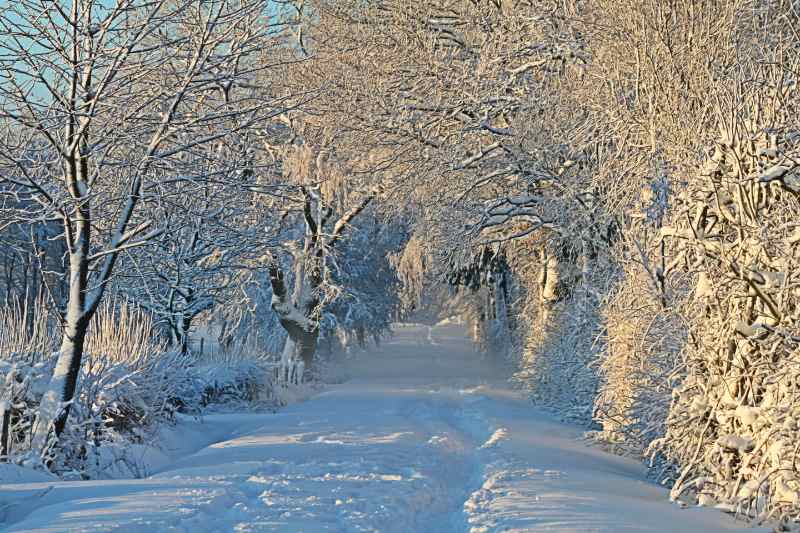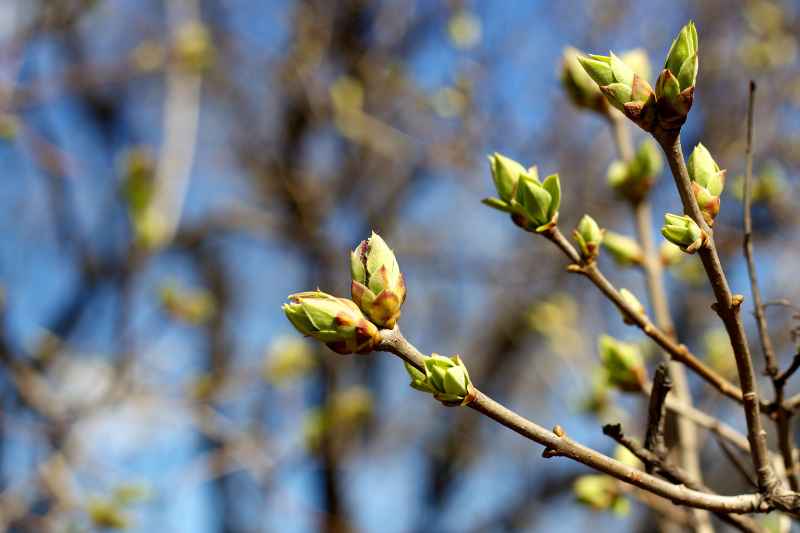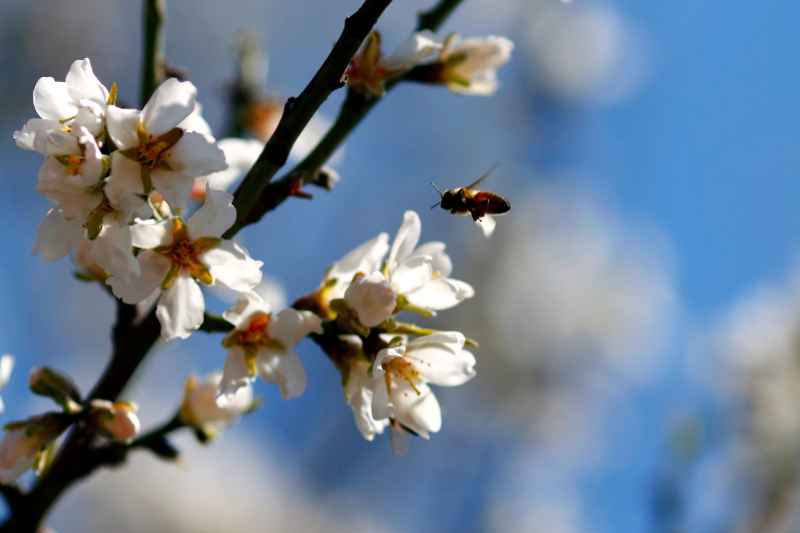With climate change, we regularly hear about hot and dry summers that cause suffering to plants, including trees (and not just them!). However, we also forget that plants need a period of rest, winter. If this winter is not cold enough, it can lead to detrimental consequences for the health of trees and bushes. Let's take stock!

Meteorological Observations
One year is not like another, especially in our time. However, it is now not uncommon to encounter temperatures well above seasonal averages, whether in the south or further north. What specialists sometimes refer to as "non-winters". And this is unlikely to improve, that much is certain. Indeed, throughout history, humans have experienced exceptional years, some with particularly mild winters. The problem is that the exceptional is becoming the norm and practically every year winters are getting less and less cold. With climate change, the same ocean winds of the past are bringing more air, and this air is warmer because the water in the oceans is also warmer. Furthermore, the reduction in snow-covered areas will amplify the effect by no longer performing its cooling function. In other words, the effect will accelerate in the coming years.
Also read: researchers at CNRS have developed a method to determine whether an extreme weather event is due to climate change or not.
What Consequences for Trees?
If temperatures are mild, sap will start to circulate again, some plants will come out of dormancy and begin to bud. This would not have such serious repercussions if a period of severe frost did not systematically follow in the weeks to come. This frost will destroy the buds, flowers, and even part of the young foliage. No flowers, no fruits! And if the foliage is destroyed, the tree will exhaust itself trying to form another. Once is manageable! Every year: hello damage! Note that some trees, bushes, or spring-flowering bulbs are adapted to winter cold, even late cold. For these, like the male dogwood or snowdrops: cold, not a problem!
The tree's cycle can also be completely disrupted. Indeed, many plants need a period of cold to come out of dormancy, which is called vernalisation. This vernalisation will trigger a process of flower formation. It is the transition between the vegetative stage and the reproductive stage. However, if this cold period does not occur (or not at the right time), the tree will not produce flowers, with all that this implies. For example: cherry trees need an average of just over 1000 hours at a temperature below 7°C to start flowering, while apple and pear trees need between 200 and 1400 hours.

Are We Heading Towards a Fruit Shortage in 100 Years?
Hard to say... But this climate warming is acting so quickly that plants cannot evolve fast enough to cope with these changes. Fruit trees and bushes are indeed at risk of no longer being able to flower or producing stunted flowers that yield misshapen or small fruits. Additionally, pollinating insects are also affected. They often emerge too early at the end of winter, at a time when trees are not yet in bloom. When we know that a large majority of insects have co-evolved with specific plant species (in other words, a particular insect species is capable of pollinating a specific plant), these trees are doomed to disappear along with the insects that depend on them. In short: the future does not look bright...
































Comments